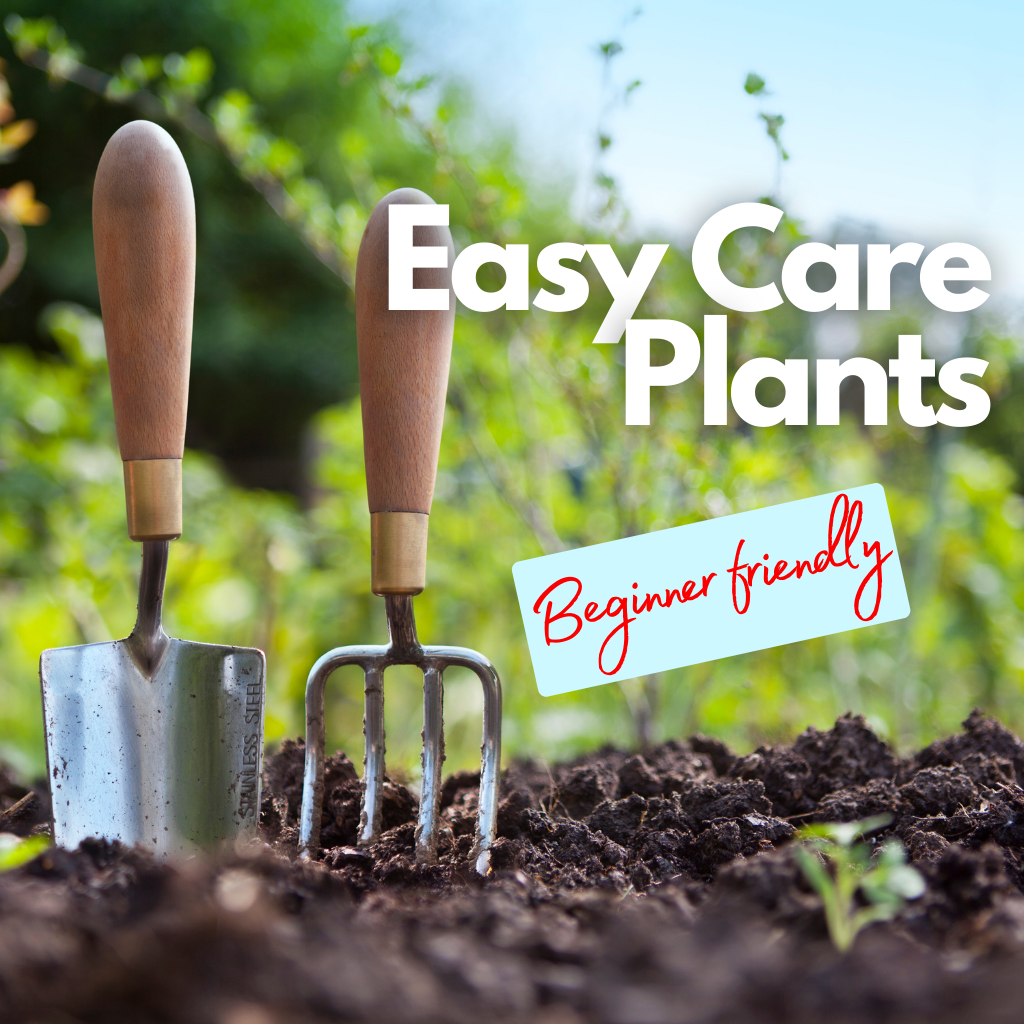Do you have some time to spare and love to have plants around?
What does this page contain?
ToggleThe beauty of nature truly comes alive when we have the opportunity to cultivate plants and witness their transformation. However, for those who have been affected by the habit of killing plants one after another, fear not! With the right selection of easy care plants, anyone can experience the joys and rewards of gardening. Gardening can be a delightful and fulfilling hobby, especially when you choose super-easy plants to grow..!(Just like me)
Why to choose easy care Plants for Beginners?
1. Low maintenance requirements
One of the greatest advantages of easy care plants is their ability to thrive with minimal attention. These resilient beauties often have lower maintenance needs, making them perfect for those just starting their gardening journey. Whether you have a busy schedule or are simply new to the world of plants, easy care varieties will offer a forgiving experience while still offering the satisfaction of seeing your efforts bloom.
2. Enhancing your living space
Introducing easy care plants into your living space can truly transform it into a paradise. These plants not only brighten up a room with their vibrant colors and unique foliage, but they also have the power to purify the air, creating a healthier indoor environment. Whether you choose to place them on windowsills, shelves, or hanging baskets, these plants will not only be aesthetically pleasing but will also infuse your home with a refreshing sense of nature.
3. Boosting mental well-being
Want to keep a perfect balance between your physical and mental health?Then start making more plant friends. The act of nurturing plants can reduce stress levels, promote relaxation, and foster a sense of purpose. Easy care plants provide an excellent opportunity for beginners to experience these positive effects without feeling overwhelmed by complex care routines. As you tend to your plants, you will also find solace in the therapeutic aspects of gardening, reconnecting with the natural world and finding calm amidst the chaos of daily life.

Things you shouldn’t miss before choosing your plants!
Before diving into the world of easy care plants, it’s important to consider a few key factors to ensure the best chance of success.
1. Light and temperature requirements
Different plants have varying light and temperature preferences, so it’s crucial to choose easy care plants that align with the conditions of your living space. Some plants thrive in bright, direct sunlight, while others prefer indirect or low light conditions. Understanding your home’s light and temperature patterns will help you select plants that can thrive in your environment, ensuring their longevity and vitality.
2. Watering needs
Watering is another critical aspect of plant care, and it’s important to strike the right balance. While some plants prefer consistently moist soil, others prefer to dry out between waterings. Overwatering or underwatering can lead to stress and potential damage. Consider your schedule, environment, and the specific watering needs of each plant to establish a proper routine that will support their growth.
3. Space availability
The amount of available space will determine the size and quantity of plants you can accommodate. If you have limited space, consider vertical gardening or plants that can be placed on shelves or hanging baskets. If you have a larger area, you may have the luxury of incorporating a variety of plants, creating a lush oasis in your living space.
4. Soil type and nutrient requirements
Some plants thrive in well-drained soil, while others prefer a more moisture-retaining medium. Additionally, providing the right nutrients is essential for promoting healthy growth. Consider the soil composition and nutrient requirements of the plants you choose to ensure they have the proper foundation for flourishing.
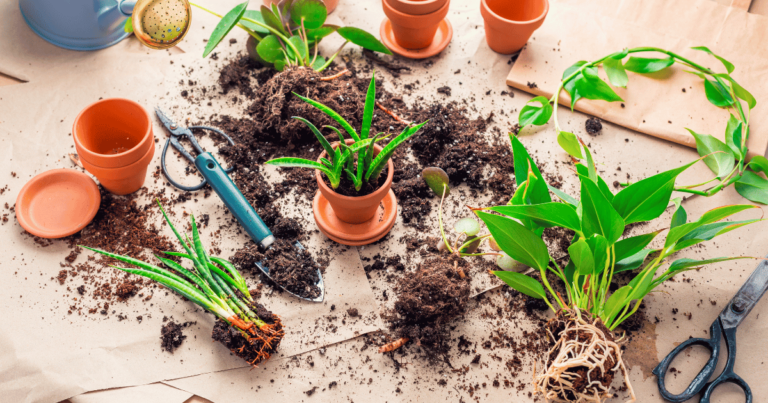
Indoor Easy Care Plants
Let me share a secret, my sleepless reason for starting gardening was indoor plants. Because they are super-easy to handle. These plants not only add beauty to your space but also provide numerous health benefits. Here are a few easy care plants that are perfect for indoor cultivation:
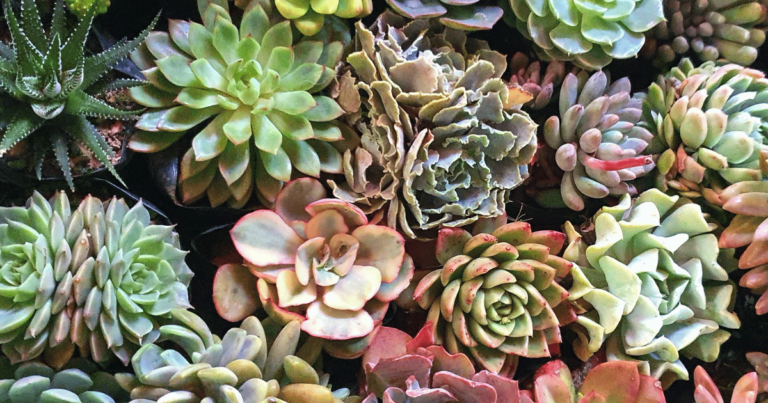
Succulents and cacti
Benefits of succulents for beginners: Succulents are renowned for their ability to survive in arid environments and are an ideal choice for beginners. Succulents also have the ability to store water in their leaves, allowing them to withstand periods of drought with ease.
Popular succulent varieties: Some popular succulent varieties for beginners include the Echeveria, Crassula, and Aloe Vera. These plants come in a variety of stunning forms and colors, making them a feast for the eyes. Whether you opt for a classic rosette-shaped Echeveria or a spiky Aloe Vera, succulents will undoubtedly add a touch of natural beauty to your indoor oasis.
Caring for succulents: Caring for succulents is relatively straightforward. They prefer well-draining soil, so ensure you use a cactus or succulent-specific mix. When it comes to watering, it’s important to let the soil dry out completely between waterings to prevent root rot. Succulents thrive in bright light conditions, so place them near a sunny window or provide them with artificial grow lights. With a little attention to their basic needs, these resilient plants will bring years of joy and beauty into your home.
Snake plant (Sansevieria trifasciata)
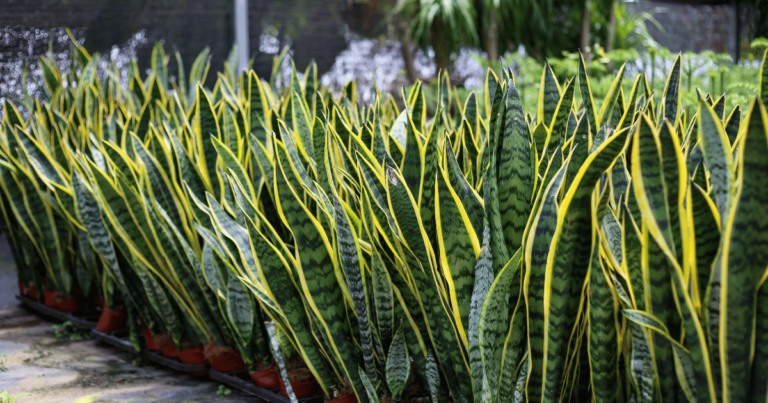
Benefits for beginners: The snake plant is also a popular choice for beginners due to its hardy nature and air-purifying abilities. Its long, sword-like leaves and distinctive vertical stripes add a touch of elegance to any room. Besides enhancing the aesthetic appeal of your space, snake plants also have the ability to filter harmful toxins from the air, improving indoor air quality.
Caring for snake plants: Snake plants thrive in a wide range of light conditions, from low light to bright indirect light. This makes them highly adaptable to different indoor environments. Water your snake plant moderately, allowing the soil to dry out between waterings to avoid overwatering. They are also forgiving when it comes to humidity levels, so no special humidity requirements are needed. With minimal care, your snake plant will thrive and become a striking focal point in your indoor garden.
Peace lily (Spathiphyllum)
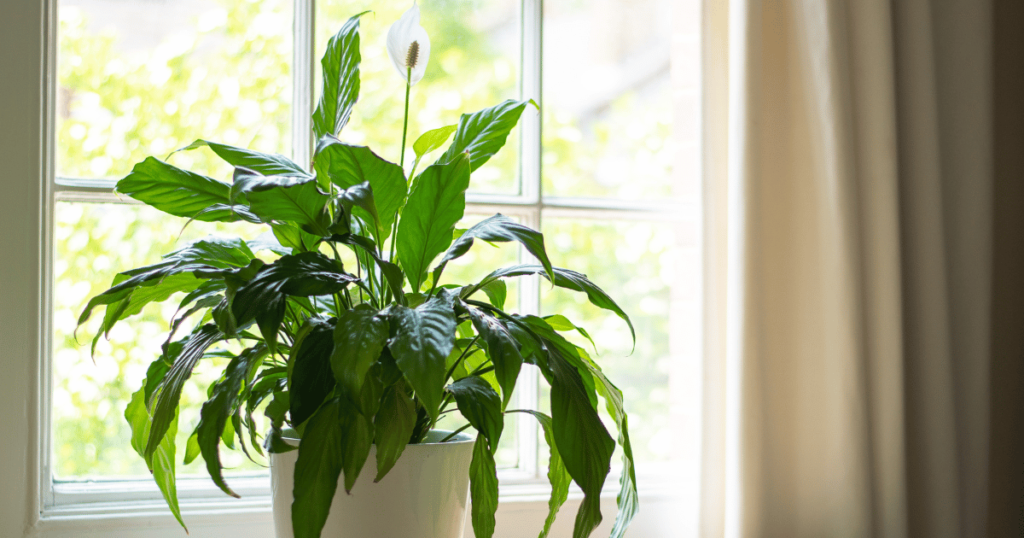
Benefits of Peace Lily for beginners: The peace lily is a beloved houseplant, known for its graceful white flowers and glossy green leaves. It not only adds a touch of elegance to any space but also has the ability to improve indoor air quality by removing common pollutants. Beginners will appreciate the peace lily’s adaptability and forgiving nature.
Caring for peace lily: Peace lilies thrive in low to bright indirect light, making them versatile for various lighting conditions. Water your peace lily when the top inch of soil feels dry to the touch. However, be mindful not to let it sit in standing water, as this can lead to root rot. As a tropical plant, peace lilies appreciate higher humidity levels, making them perfect for bathrooms or kitchens. Regularly misting the leaves can also help maintain their health and beauty.
Outdoor Easy care plants
Marigold
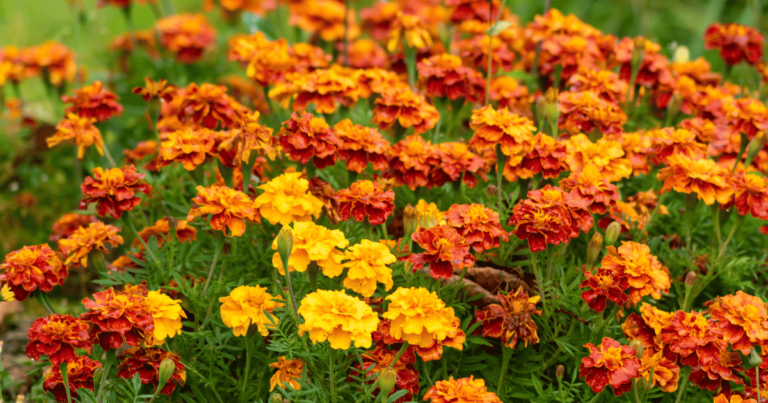
Benefits of Marigold: Marigolds are those colorful flowers that shine like the sun in your garden. They not only look pretty but also help keep away the bugs that bother other plants. Start with marigolds if you want to desperately add a flower variety in your garden
Care for Marigold: Find a sunny spot where they can get a lot of sunlight, about six hours a day. Don’t give them too much water, just enough so the soil isn’t too wet. Take off the old flowers to keep them blooming and lovely.
Zinnia
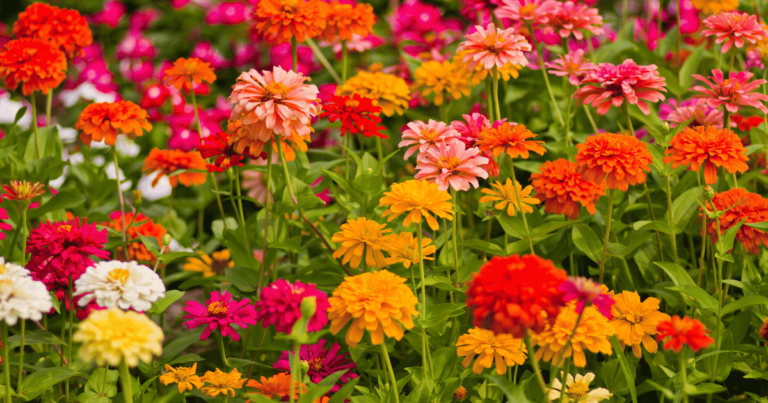
Benefits of Zinnia: Zinnias are like a bunch of different-colored crayons in your garden. They are going to give the biggest variety of colour shades to you. These flowers are easy to grow and invite good bugs to hang out.
Care for Zinnia: They’re big fans of the sun, so let them soak up at least six hours of it every day. Make sure their soil isn’t soggy. Removing old flowers helps them bloom more and stay pretty.
Edible Plants
Chillies
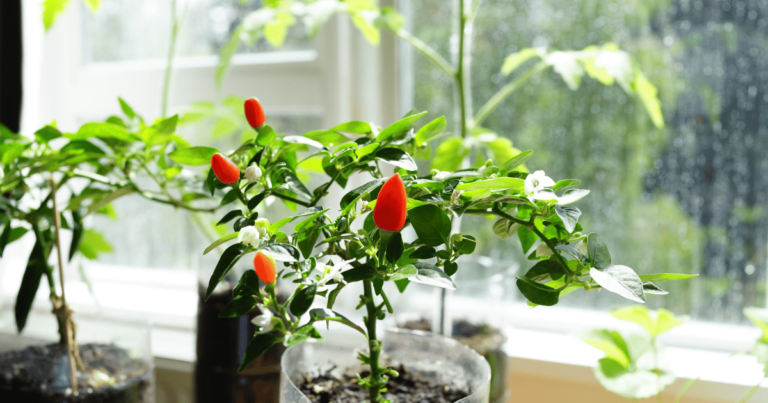
Benefits of Chillies: Although pests constantly pester these plants, worry not, they are going to give you some of the best harvests ever. Since you are a beginner, chillies can cost you nothing except a bag full of soil, some seeds from your mom’s kitchen and water.
Care for Chillies: Give a sunny spot with super-rich soil and water it regularly. Chillies care often prone to pest attack, so all you need to do is save them from further infestation using neem oil spray.
Tomatoes

Benefits of Tomatoes: Tomatoes from your garden taste amazing! They’re juicy, flavorful, and perfect for salads, sauces, sandwiches, and more. Even for beginners, tomatoes are relatively simple to grow, making them an excellent choice for someone starting their gardening journey. There are various types of tomatoes to choose from—cherry tomatoes, beefsteak tomatoes, heirloom varieties—and each offers a unique flavor and size.
Care for Tomatoes: Choose a sunny spot in your garden where your tomato plants can get at least six to eight hours of sunlight daily. Ensure the soil is well-draining, loose, and rich in nutrients. You can add compost or organic matter to enhance the soil quality. If you’re using seeds, plant them indoors in small pots a few weeks before the last frost date. Transplant the seedlings outdoors once they’re a few inches tall. For beginners, starting with young plants from a nursery might be easier.
Herbs
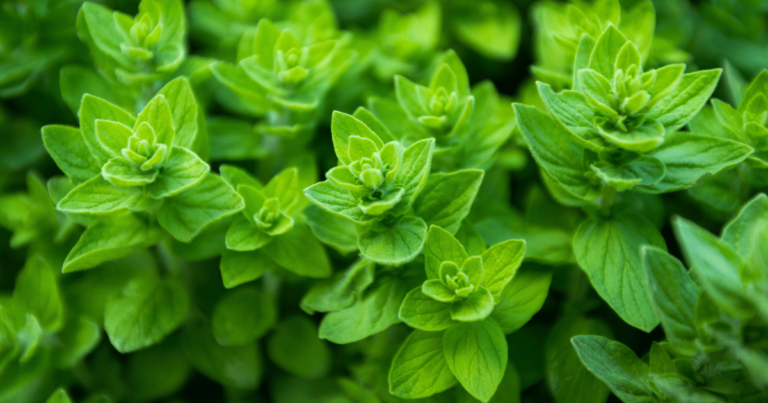
Benefits of Herbs: Herbs not only enhance your cooking but also fill your garden with delightful scents. They create a pleasant atmosphere and attract beneficial insects while deterring pests. Herbs can be grown practically anywhere, whether you have a large garden or a small balcony. They thrive in containers, raised beds, or directly in the ground, making them suitable for various gardening spaces.
Care for Herbs: Pick a sunny location for your herb garden, ensuring they receive around six hours of sunlight each day. Herbs love the sun, which is vital for their growth and flavor development. Use well-draining soil or potting mix for your herbs. It’s beneficial to incorporate some organic matter or compost to enrich the soil before planting.
Secret tips to success
- Understand your plant cycle: Each plant goes through a growth cycle, and understanding this cycle is essential for providing the appropriate care. Familiarize yourself with the unique needs of each plant, from their watering preferences to their pruning requirements. By tailoring your care routine to match their growth stages, you’ll create an environment conducive to healthy and robust growth.
- Watering techniques and frequency: Watering techniques and frequency can greatly impact the health and vitality of your plants. Ensure you water at the base of the plant, directly onto the soil, to avoid wetting the foliage. Different plants have varying water needs, so it’s important to research and understand the requirements of each plant in your care. Remember to strike a balance, avoiding both underwatering and overwatering to prevent stress and root-related issues.
- Handling pests and common problems: Pests and common problems can hinder plant growth and vitality. Regularly inspect your plants for signs of pest infestations or diseases. Identify any issues promptly and research appropriate treatment measures. Avoid using harsh chemicals that can harm the environment and opt for organic pest control methods whenever possible.
- Importance of proper fertilization: Proper fertilization is essential for maintaining healthy and vibrant plants. Different plants have varying nutrient requirements, so research and choose the appropriate fertilizers for each plant in your care. Follow recommended guidelines for application rates and timing to avoid nutrient deficiencies or soil imbalances. Regular fertilization will provide the necessary nutrients for robust growth and prolific blooming.
Gardening is a journey that requires patience and observation. As a beginner, it’s important to embrace the learning process and not be discouraged by setbacks or challenges. Every plant has its unique needs and quirks, and recognizing and responding to signs of plant health is crucial. By observing changes in growth, foliage color, and overall vitality, you can adjust your care routine accordingly and provide the best environment for your plants to thrive.

